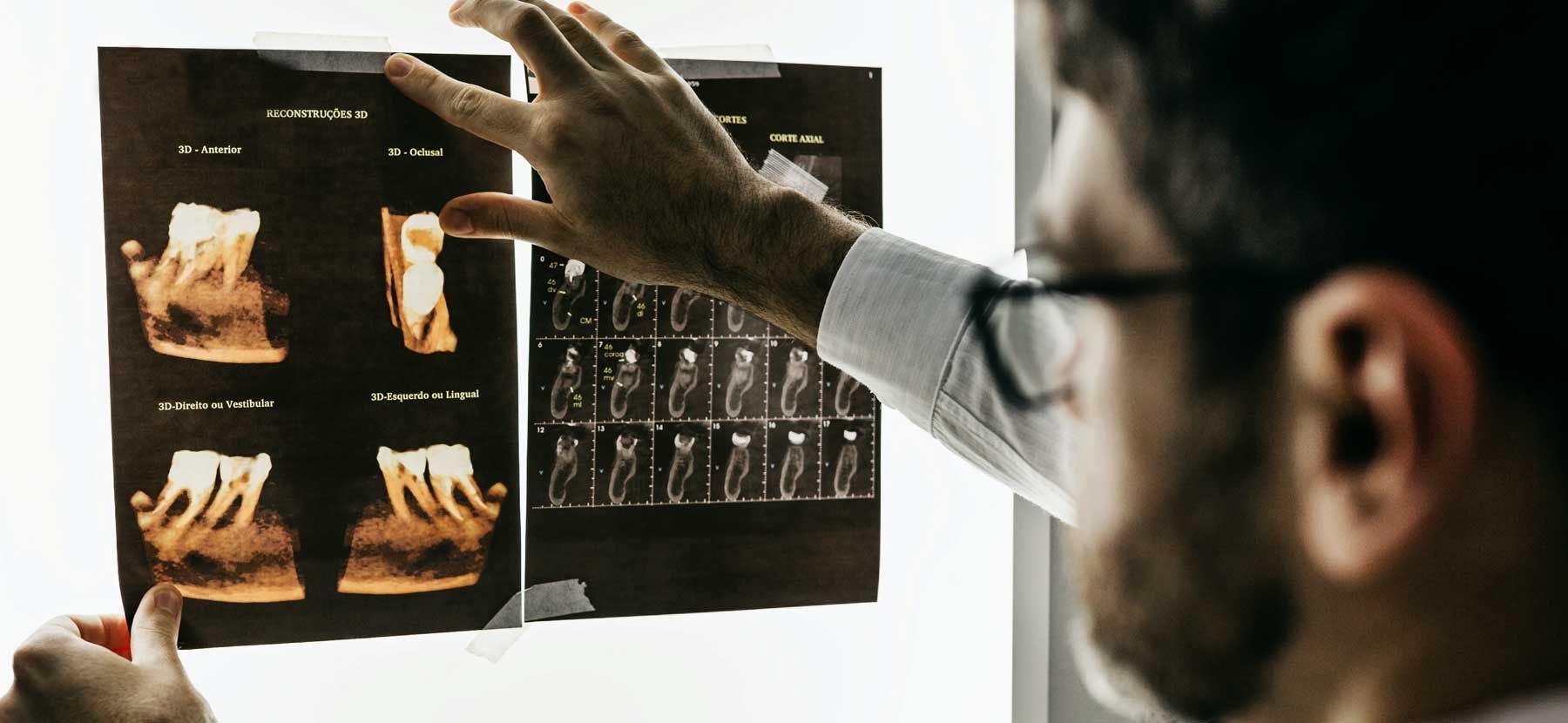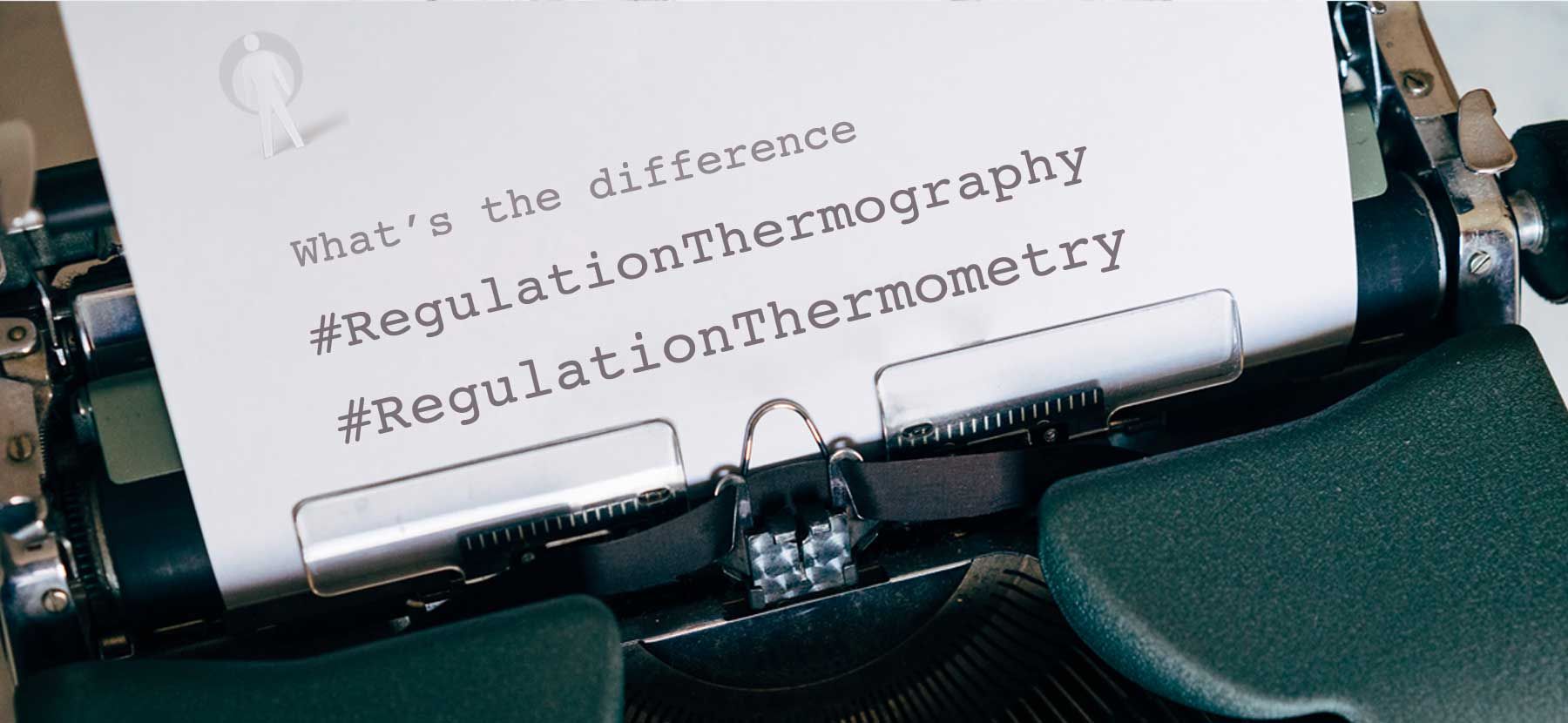Expert Systems (RT) in Complementary Oncology

Regulation Thermography
The functions of the human body depend largely on its temperature. In order to maintain an optimal distribution of temperature throughout the body, it possesses a complex control and regulating sys- tem, the center of which is located in the hypotha- lamic region of the brain. For example, in reaction to incoming impulses in this region from cold or warm receptors, the production of heat in the or- ganism can be regulated by increasing or decreas- ing metabolic activity. Regulatory impulses run from the brain to the skin as well, where they can influence the amount of heat that is perspired through contraction of blood vessels. The nerves through which these impulses pass can interact with nerves running within the spinal column from the internal organs to the brain. In this way a pathological disturbance within an organ can lead to a change in thermal regulation of the skin—this is referred to as a reflex arc
Regulation thermography attempts to measure and interpret these changes in the regulatory be- havior. The goal is to associate certain changes in regulatory behavior with specific diseases. Accord- ing to expert opinion, this is possible: an extensive pool of pathological temperature patterns and their diagnostic interpretation is available.
Regulatory behavior is determined by the two- fold measurement of the test person’s body tem- perature on defined parts of the body (areas). The first measurement ensues after the test person has undressed in an examination room with standard- ized temperature and humidity. The room temper- ature should be below normal body temperature, which induces a cold stimulus that, in turn, stimu- lates the regulatory system of the body. After a de- fined period of time the measurement is repeated. The body will then have reacted to the cold stimu- lus. The comparison between the first and second measurements allows a conclusion to be drawn as to the regulatory activity of the skin.
The entirety of the measured temperatures is referred to as a regulation thermogram. Fig. 5.6 depicts an ideal thermogram in form of a histo- gram: shown as the temperature values of 60 are- as. Abbreviated designations for areas can be seen on the horizontal axis above on the diagram, the first temperature measurements are the black rectangles and the second are blue. All rectangles refer to the horizontal black line, the forehead temperature (measured first). The individual temperature values can be read on the left vertical ax- is. Figure 5.7 depicts a pathological thermogram of a woman with breast cancer.
Fuzzy Modeling of Expert Knowledge
The regulation thermogram encompasses temper- ature measurements at 110 areas. Expert knowl- edge of pathological activity in three areas within the thoracic regions—the sternum, as well as the two asymmetrically aligned pectoral muscle are- as—serves as an example in the following thermogram.
These areas are used during evaluation of ther- mograms in reference to breast cancer in women. All further numeric values mentioned are more or less accurate (according to current scientific standards), but are to be taken merely as exam- ples.
The following validation criteria are applied to all three areas:
- Absolute temperature For each area, the difference between the first value at the area and the first value on the forehead is tested. Differences in temperature smaller than –0.8 °K and bigger than + 0.2 °K are considered pathological. The first event is termed a cold area, while the latter case is considered a hot area. Overstep- ping or falling short of the indicated boundaries is considered to be all the more pathological, the more pronounced the deviation.
- Regulation In this case, the difference between the first and second measurement is observed for each area. If the difference falls below –1.1 °K, this indicates a so-called hyperregula- tion. Exceeding beyond the value –0.25°K, a phenomenon known as paradoxical regula- tion, is also considered pathological. When comparing hyperregulation with paradoxical regulation, the first is regarded to be less pathological.
- Regulation pathologies carry more weight than absolute temperature.
- When both pectoral muscle areas exhibit different activities, the more pathological of the two is included in the final assessment.
Activity of the sternum area and the more path- ological pectoral muscle areas are of equal importance.
The valuation rules suggest fuzzy modeling using two linguistic variables: “Abs Temp” as one varia- ble to designate the absolute temperature of one area, with the linguistic values “normal,” “cold,” and “warm”; “Reg” as another variable with the values “normal,” “hyper,” and “paradox” to record the observed regulation.
Now these linguistic values need to be specified through indication of fuzzy sets. Figure 5.8 shows the fuzzy amounts of the values of the variable “Reg.” These were determined using temperature values denoted in the valuation rules, otherwise modeling was kept fairly simple, since no further information was specified.
An observed regulation of –0.1°K as measured at the sternum area was classified, for example, as paradoxical with a degree of pathology approxi- mately 0.8, as normal with a degree of approximately 0.2, and as hyperregulation with a degree of 0.


